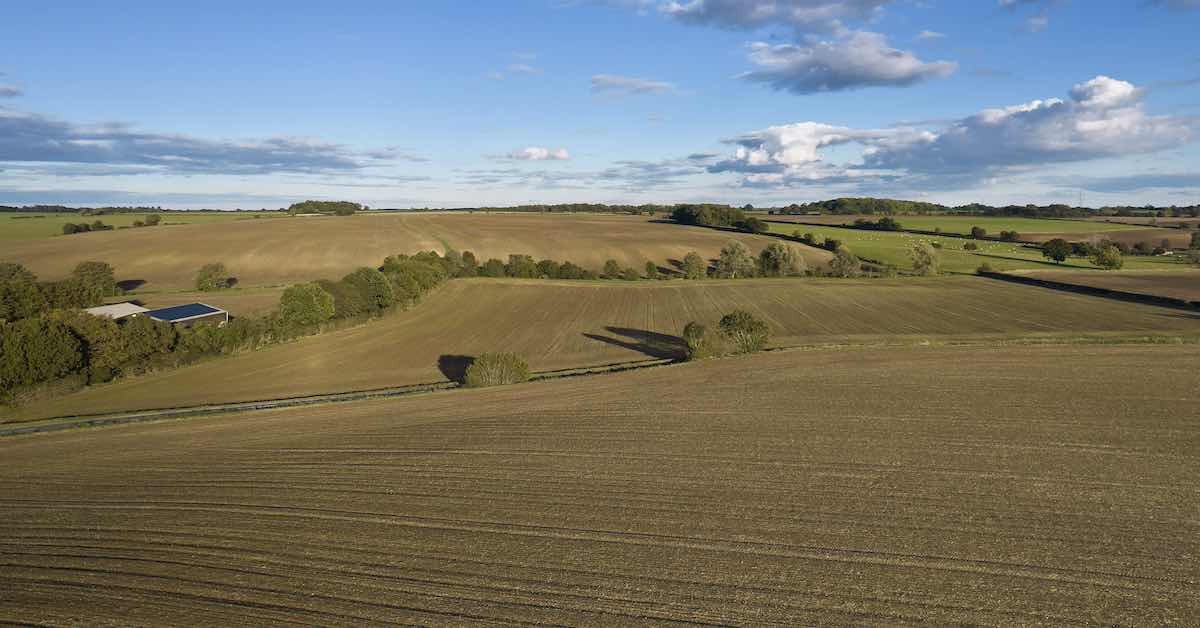Savills has reported a sharp increase in the amount of farmland coming to market in the East of England in the first quarter of 2024.
Its quarterly farmland survey shows 4,300 acres were publicly marketed in the region within the first three months of 2024 – a 28 per cent rise year on year.
However, average values are showing little change from the end of last year. Savills says those remain just over £10,000 an acre for prime arable land.
Oliver Carr, associate director in the rural agency team at Savills, covering Cambridgeshire, West Suffolk, Hertfordshire and Bedfordshire, said: “In January we predicted that farmland supply would increase this year – and so far early indications would suggest that’s the case.
“The early exit scheme, introduced to encourage farmer retirements, along with the gradual tapering of the basic payment scheme, exacerbated by higher costs and a drop in commodity prices – leading to lower margins – appear to have encouraged some farmers to reassess their options. While some are changing the way they run their farms, others are using the opportunity to leave the industry.”
Across Great Britain as a whole, 24,800 acres of farmland were openly marketed between January and March this year – a 44 per cent rise on the year before. It is the first time the market has exceeded 20,000 acres since 2016. The North of England and South West saw the most land come to market, with 5,300 and 4,400 acres respectively.
Ollie continued: “Very few transactions have been completed so far this year, so it is difficult to demonstrate that overall average farmland values have changed much from the end of last year. However we expect greater clarity as more land comes to the market throughout the year.”
Will Radbourne, part of the rural agency team at Savills in Essex, which is currently marketing Clavering Hall Farm near Saffron Walden (pictured), said: “The quality of a farm’s infrastructure remains a strong influence on price. Farms with commercial scale fields, easy access and good-quality buildings suited to modern agriculture are tending to attract more interest and competition.
“Another wet Autumn and spring also means buyers are scrutinising drainage carefully and, for some buyers, free-draining land generally will be favoured unless yields are seriously impacted in drier weather.
“On heavier soils, where productivity is dependent on underdrainage, records and quality of drainage are becoming more important and will be factored into offers given the expense of investing in new field systems.
“Similarly, the security of water supplies for irrigating specialist cropping is coming under greater scrutiny, as are the potential financial benefits landowners can receive through stewardship schemes – peatland rewetting, flood alleviation, nutrient neutrality and more active water meadow management for example – all of which offer alternative financial returns.”
© Eastern Echo (powered by ukpropertyforums.com).
Sign up to receive our weekly free journal, The Forum here.



























































